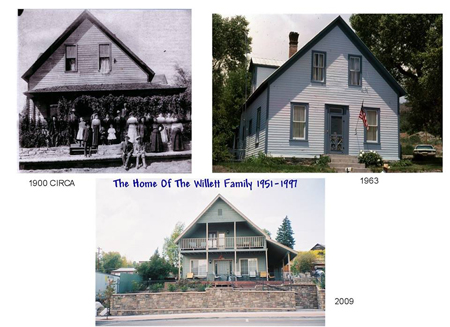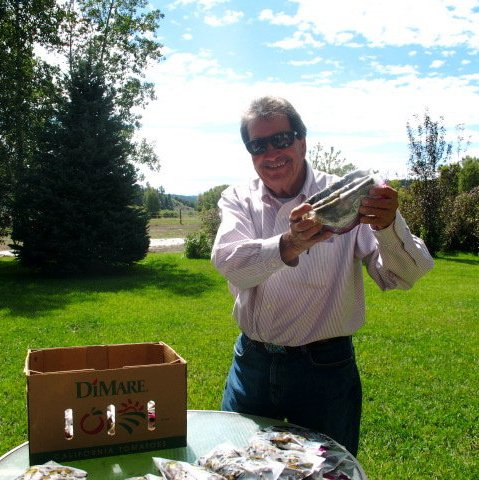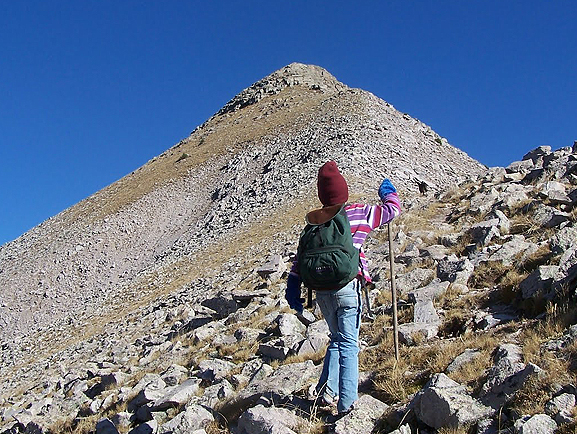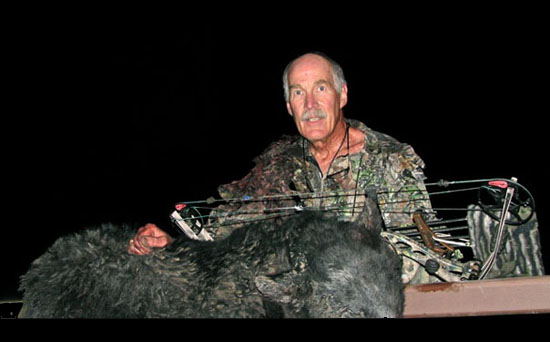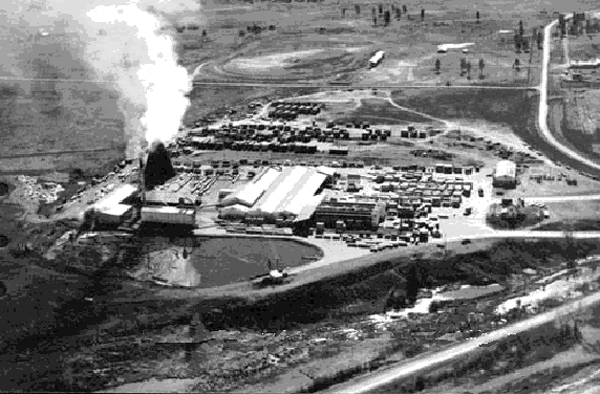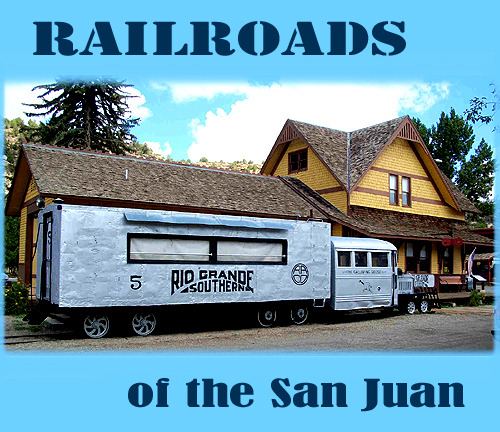By Billy Willett
Summers also meant that it was a time to seek work to earn spending money. Hard work was something the Willett boys never ran from. It was during the haying season one summer when my big brother took me with him to Loren Snooks’ ranch to look for work. Ron had worked for him in the past so he took us on , hoping I would be just as good as my brother. It was folks like Loren and Floyd Bramwell who I owe a debt of gratitude for teaching me the virtues of hard labor. Floyd found me hanging around the pool hall one day and offered me a job. In a very short time he turned a city slicker into a top notch flanker on a branding team.
Pagosa also had its Saturday night honky tonk where the music was loud and parking lot fist-of-cuffs were common. Located about five miles west of town in Sunetha Flats near what is now the “new” Pagosa. (Pagosa Lakes Ed.) The Pine Grove Inn was the place to be if one liked a cold beer, live music and dancing. Those who couldn’t manage to get a drink inside always found an open bar in someone’s car.
In 1951 my family bought the house on the corner of4th and Lewis where I spent my last years in Pagosa. My father worked from this house in many endeavors, sign painting, house painting, rubber stamps and then a printing business. This business continued until he passed in 1997.

My mother continued working at the Citizens Bank until she retired after 25ys and poor health. She made a trip to California in 1963 and was chosen as Queen for a Day on a television show with that name. She often said that meeting and becoming friends with John Wayne while he was filming “The Cowboys” in Pagosa was one the highlights of her life.
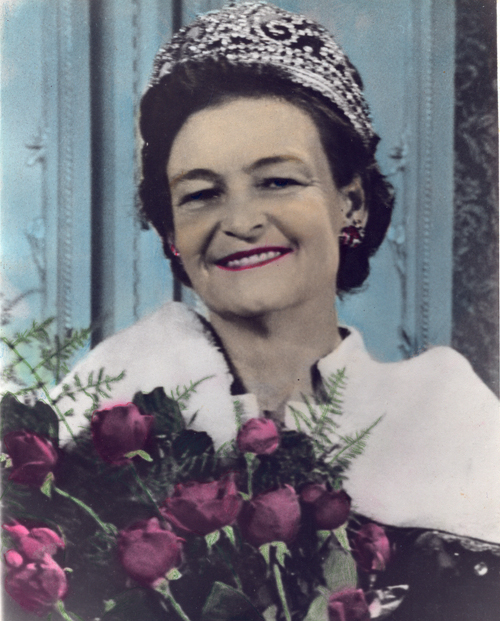
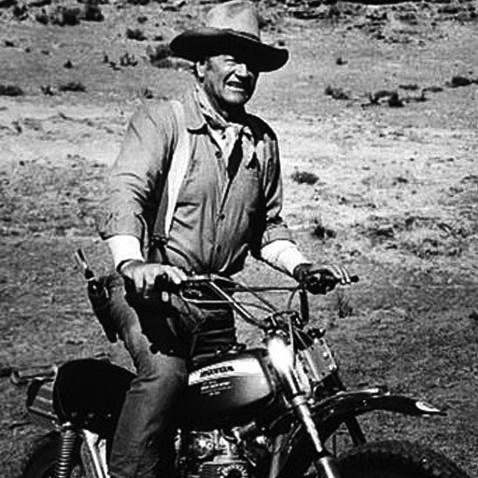
Our home on Lewis street was a treasure trove of early Pagosa history. It has served as a military barracks, a boarding house, and home to at least two previous families.
There were winters that snow would pile up to the eves of the back porch, we would open the bedroom window and sled off the roof. One time, as my father was remodeling, he found an old tobacco pouch between the walls of the old coal shed that contained small nuggets of gold still embedded in rock. When the chicken coup was being torn down to make way for a garage we found an old Springfield rifle between the walls dated 1878. The old coal shed attached to back of the house became my father’s print shop. I hope that the visitors to this old house enjoy not only the beauty of the San Juans but the history that the old timbers of this place would love to tell. Who knows but maybe in some peaceful still of the night, some past resident may return looking for that stash of Red Ryder Comics somewhere within.
